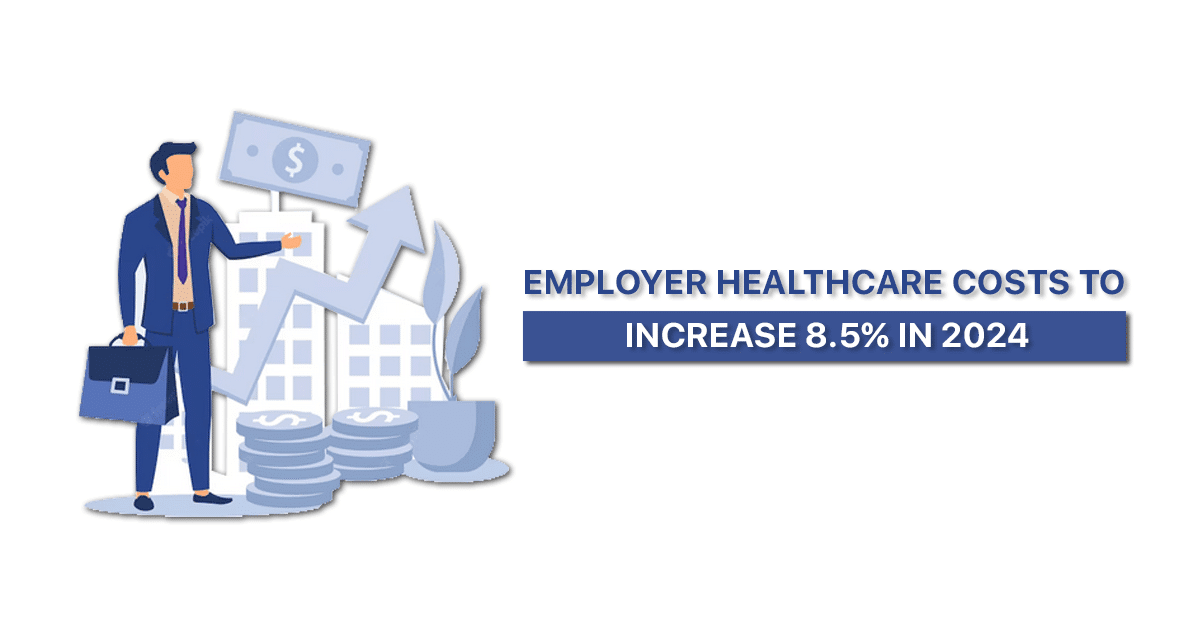A recent study conducted by a leading professional services firm revealed that the anticipated expenses borne by U.S. employers for their workforce’s healthcare will see a notable uptick of 8.5%, surpassing $15,000 per employee. This surge, assuming companies do not introduce augmented employee contribution methods or alternate cost-reducing strategies, stands almost twice as high as the 4.5% escalation observed from 2022 to 2023. Throughout 2023, the mean allocated budget for healthcare plans was approximately $13,906 per employee, based on the same study.
The report underscores that subsequent to the pandemic, medical claims are reverting to the customary growth rates, placing employers at the forefront of forthcoming inflationary cost demands. The inflation surge experienced at a macroeconomic level during the past couple of years did not translate into a substantial rise in employer-sponsored healthcare expenditures. This was attributed to the prolonged nature of typical medical provider agreements, as highlighted by a statement from healthcare chief of professional services. Despite the abating inflation, healthcare expenses are still on the rise due to medical providers pressing for elevated cost increments to cover escalated wage and supply expenses they endured but couldn’t transfer to payers.
Various other factors are also contributing to the escalating healthcare cost trends, including the proliferation of newly introduced weight loss medications, emergent technologies, the severity of high-cost claims, and an increased proportion of specialty drugs. Employee contributions via payroll deductions were projected to observe a more restrained 1.7% growth from 2022 from an analysis. Generally, employers underwrite roughly 81% of a health plan’s cost, while the remaining portion is covered by employees.
Professional Services’ North American Health Solutions Leader, mentioned that employers are likely to continue absorbing the bulk of healthcare expenditure surges. In a competitive labor market, employers are cautious about transferring substantial costs to employees and compromising the affordability of benefits. In 2023, employees are anticipated to contribute approximately $4,675 for healthcare coverage, with $2,682 stemming from premium deductions and $1,993 originating from plan design components like deductibles, co-pays, and co-insurance, as per the firm’s evaluation.
The escalation rate of healthcare expenses differs by sector, as does the distribution of expenses shared between the plan, the sponsoring employer, and the employee. Among industries, the professional services sector exhibits the highest average employer cost rise at 7.5%, while the manufacturing industry experiences the greatest average employee cost hike at 2.9%. Conversely, the retail and wholesale sector observes the smallest average shift in employee contributions, with a decrease of 0.5% from 2022 to 2023. As reported, health care employers experienced a 3.2% cost surge, with the employee’s share rising by 1.2%, leading to a total plan cost increase of 2.8% from 2022 to 2023.
One of the most significant contributors to healthcare costs for employers are high-cost claimants, and this group’s numbers are on the rise. This increase can be attributed to several factors, including the introduction of costly injectable drugs, elevated rates of cancer, and extended hospital stays due to multiple ailments, complications, and intricate procedures. Concurrently, reinsurance premiums are on the rise, making it more challenging for employers to mitigate the increased claim risk.

